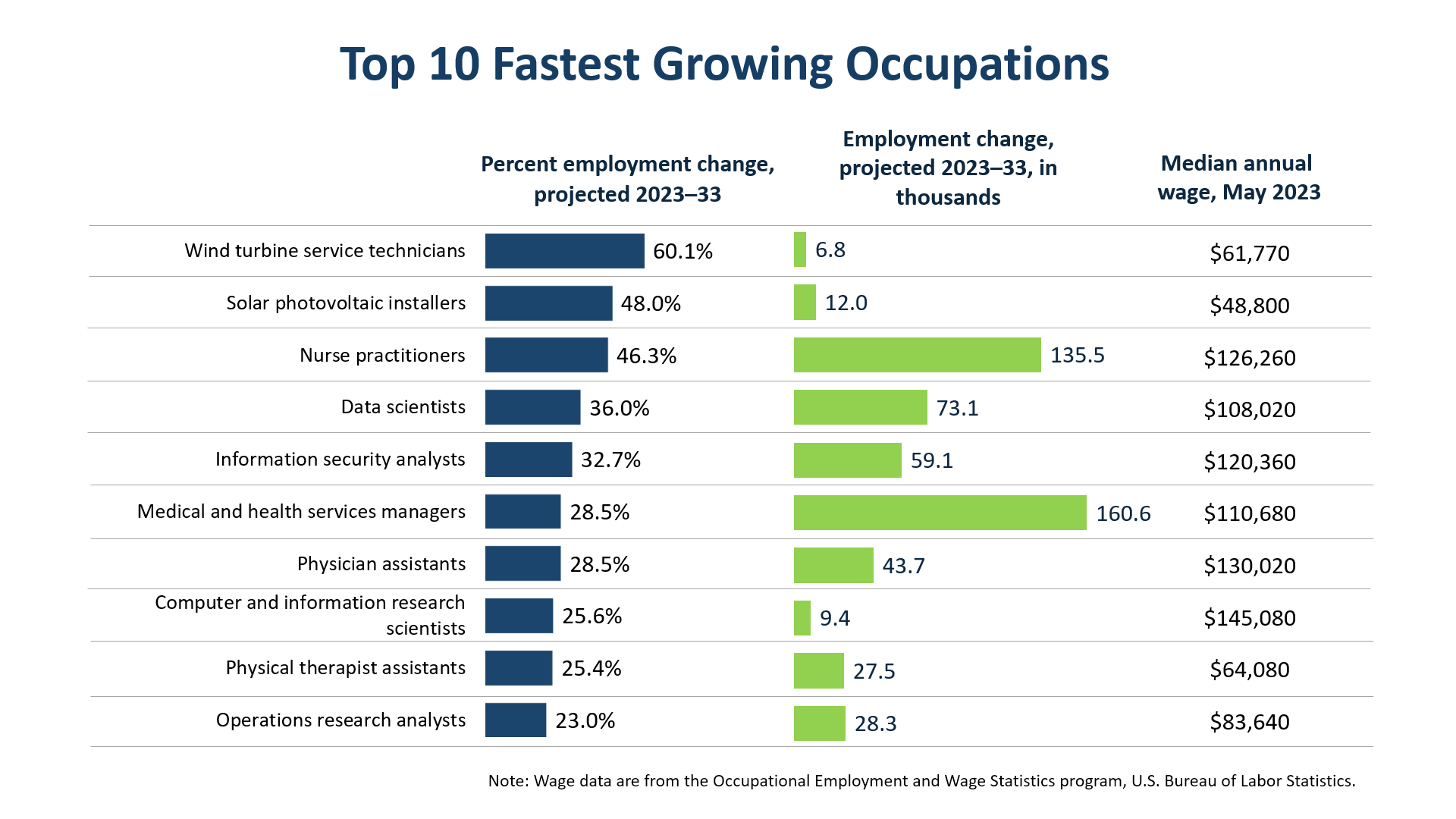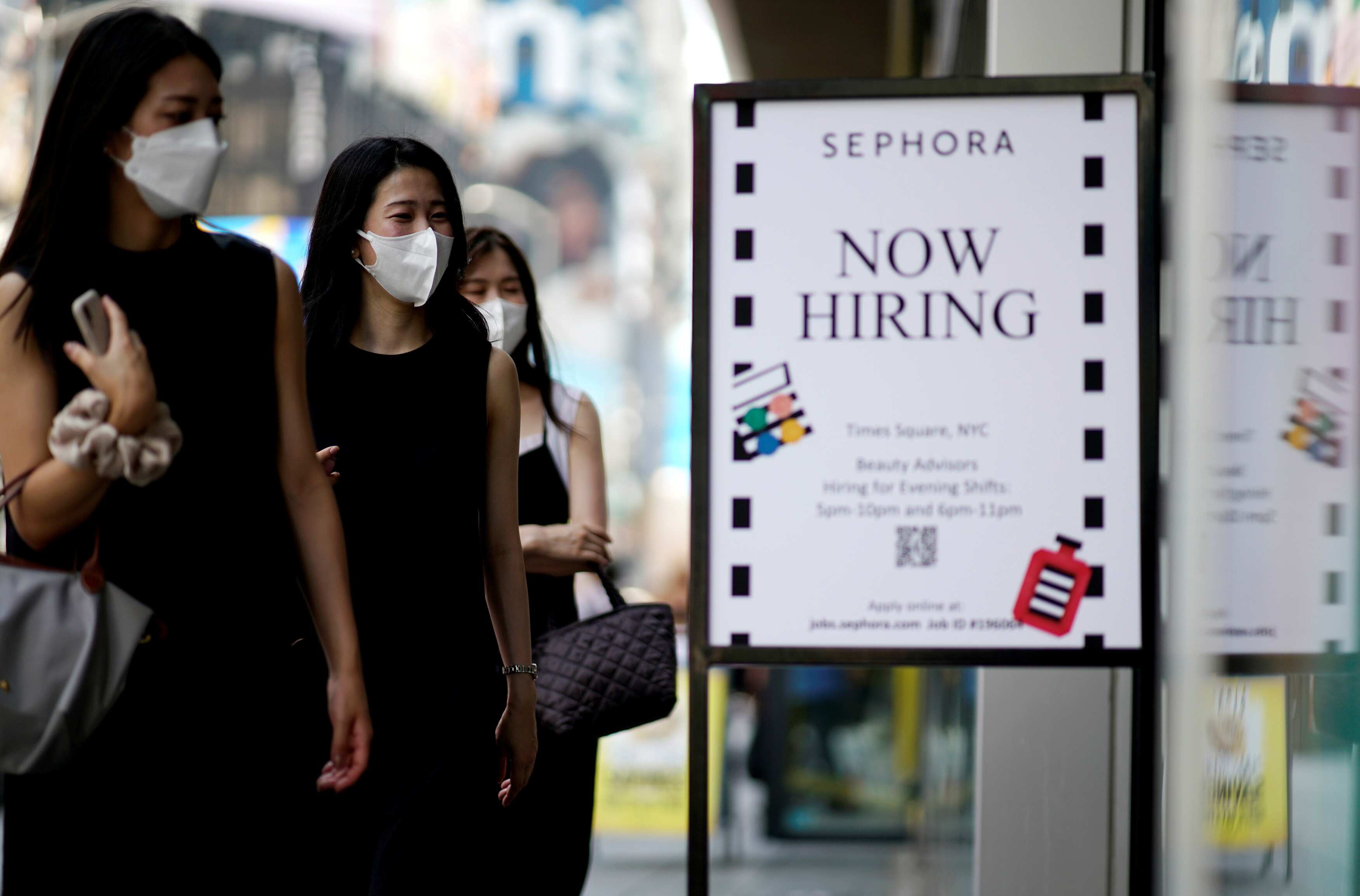Table of Contents
- Don't fear AI. The tech will lead to long-term job growth. | World ...
- Malayala Classified Gulf Jobs Newspaper, 11 Jan 2023
- Top 10 highest paying jobs in the Philippines - 2022 (Medical ...
- Infographics - The Future of Jobs Report 2020 | World Economic Forum
- School hiring decline, worker shortages curb U.S. job growth in ...
- Employment Projections Home Page : U.S. Bureau of Labor Statistics
- Retail
- School hiring decline, worker shortages curb U.S. job growth in ...
- Top 10 high paid jobs in India | Jobs News - The Indian Express
- US adds a solid 253,000 jobs despite US Fed Reserve's rate hikes | Zee ...


The Bureau of Labor Statistics (BLS) released its monthly jobs report, which showed that the economy added a mere 130,000 new jobs in August, falling short of the projected 160,000. This marked the third consecutive month of slower job growth, with the average monthly gain dropping to 156,000, down from 223,000 in the first four months of the year. The slowdown in hiring has been most pronounced in the manufacturing and retail sectors, which have been hit hard by the ongoing trade tensions and changing consumer behavior.


Key Takeaways from the Jobs Report


The slowdown in hiring has significant implications for the broader economy. With consumer spending accounting for approximately 70% of GDP, a decline in job growth could lead to reduced consumer confidence and decreased spending, potentially triggering a recession. Furthermore, the ongoing trade tensions and global economic uncertainty have created a perfect storm that is likely to continue to weigh on the labor market.


What's Behind the Slowdown?

In conclusion, the latest U.S. jobs report paints a picture of a labor market that is downshifting into a lower gear. While the unemployment rate remains low, the slowdown in hiring and wage growth is a cause for concern. As the economy continues to navigate the challenges of trade tensions, global uncertainty, and changing consumer behavior, it is essential for policymakers to monitor the labor market closely and take proactive steps to support job growth and economic expansion.
